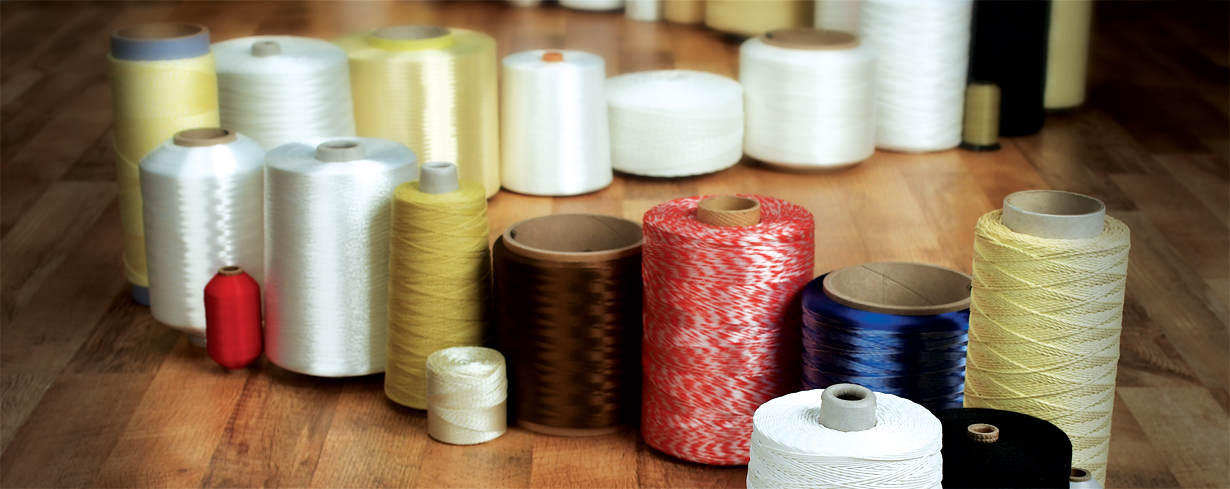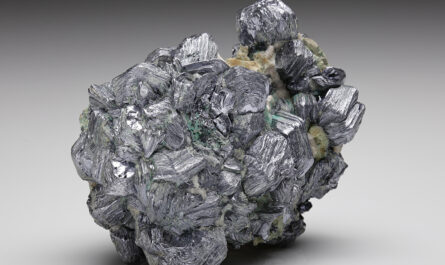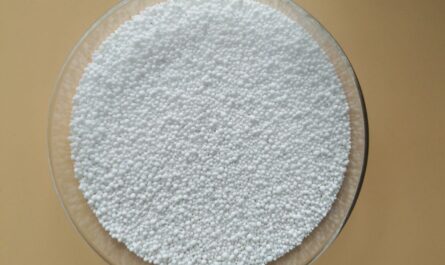Technical textiles refer to textiles that are specially engineered to perform well and give protection or support beyond their basic functional requirements of clothing. They have wide applications across various sectors like agriculture, transportation, construction, healthcare, etc. With advancing technology, new applications are being discovered for technical textiles every day. This article explores some of the rising applications of technical textiles and the opportunities they provide.
Agriculture and Horticulture
Technical textiles are increasingly used in agricultural and horticultural applications. Geo-textiles like erosion control textiles are used as mulch fabric to control weed growth, retain soil moisture and prevent soil erosion. Agro-textiles like insect- proof nets, anti-hail nets, etc. provide protection to crops from environmental factors and pests. Other applications include fabrics used for soil-less cultivation, crop covers, silage wraps for fodder preservation and greenhouse sheeting. With growing population, these textiles can help boost food production and farm yields in a sustainable manner.
Healthcare and Hygiene
Non-woven hygiene products are one of the largest end use segments of Technical textiles. Products in this category include sanitary napkins, baby diapers, adult diapers, surgical drapes, gowns, etc. These minimize infections and provide better hygiene. Advanced wound care dressings containing antimicrobial fibers and bioactive compounds aid faster healing. Implantable textiles are used in artificial skin, vascular grafts, artificial tendons and ligaments for reconstructive surgeries. Medical textiles offer enhanced life and will continue gaining prominence with rising healthcare awareness and costs.
Transportation
Technical textiles find extensive usage in the transport sector for applications like vehicle interiors, safety systems, composites and automotive parts.
Composites: Composite materials like carbon, glass and aramid fiber reinforced plastics are increasingly replacing metals in parts like seat structures, drive shafts, suspension systems, etc. due to their high strength to weight ratio and corrosion resistance. This improves fuel efficiency of vehicles.
Safety Systems: Airbags, seat belts, air filters use special fabrics to give protection in accidents. Fire resistant materials are used in public transport interiors for added safety of passengers.
Vehicle Interiors: Upholstery fabrics with features like stain, fade and abrasion resistance are used for seats, door panels, etc. Carpet and flooring fabrics prevent slippage. Air filtration textiles purify the cabin air. Textured fibers provide acoustic insulation.
Packaging and Construction
Technical textiles have made significant inroads in the packaging and construction domains owing to properties like strength, durability and lightweight.
Packaging: Stretch wrap, pallet wrapping, tarpaulins, woven sacks find widespread application in packaging. Non-woven fabrics are used in many disposable packaging applications as an eco-friendly alternative to plastics.
Construction: Geosynthetics, fiber-reinforced concrete, anti-corrosive materials facilitate infrastructure development and building activities. Floor mats, upholstery, insulation, roofing, industrial fabrics are textile applications in the construction industry.
Security and Protection
Bulletproof fabrics and protective clothing incorporating para-aramid and high-tenacity polyolefin fibers safeguard security personnel and workers in risky environments.
Sports and Leisure
High-performance fabrics in sports apparel, footwear, protective gears in contact sports as well as outdoor play a crucial role in optimizing body comfort and movement during physical activity. They facilitate an active lifestyle.
The growing applications showcase the strategic importance of technical textiles for both industrial development as well as social upliftment, by enhancing safety, sustainability and standard of living. With continuous R&D and customized product development, opportunities for technical textiles seem immense across multiple end use segments. Though capital intensive, it is an industry with much promise and one that will drive technological progress in the times to come.
*Note:
1. Source: Coherent Market Insights, Public sources, Desk research
2. We have leveraged AI tools to mine information and compile it



